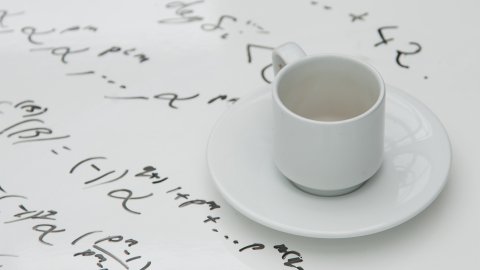12:30
Modelling high-speed droplet impact onto an elastic membrane (Negus). Lubrication model of a valve-controlled, gravity-driven bioreactor (Saville)
Abstract
Michael Negus
Modelling high-speed droplet impact onto an elastic membrane
The impact of a high-speed droplet onto an elastic membrane is a highly nonlinear process and poses a formidable modelling challenge due to both the multi-scale nature of the flow and the fluid-structure interaction between the droplet and the membrane. We present two modelling approaches for droplet impact onto elastic membranes: matched asymptotics and direct numerical simulations (DNS). Inviscid Wagner theory is used in the former to derive analytical expressions which approximate the behaviour of the droplet during the early stages of impact, while the DNS builds on the open-source volume-of-fluid code Basilisk. We demonstrate the strong influence that the thickness, tension and stiffness of the membrane have on the dynamics of the droplet and the membrane. We also quantitatively show that the speed the droplet spreads across the substrate is notably decreased when the membrane is more compliant, which is consistent with experimental findings that splashing can be inhibited by impacting onto a soft substrate. We conclude by showing how these methods are complementary, as a combination of both can lead to a thorough understanding of the droplet impact across timescales.
Helen Saville
Lubrication model of a valve-controlled, gravity-driven bioreactor
Hospitals sometimes experience shortages of donor blood platelet supplies, motivating research into in vitro production of platelets. We model a novel platelet bioreactor described in Shepherd et al. [1]. The bioreactor consists of an upper channel, a lower channel, and a cell-seeded porous collagen scaffold situated between the two. Flow is driven by gravity, and controlled by valves on the four inlets and outlets. The bioreactor is long relative to its width, a feature which we exploit to derive a lubrication reduction of Navier-Stokes flow coupled to Darcy. Models for two cases are considered: small amplitude valve oscillations, and order one amplitude valve oscillations. The former model is a systematic reduction; the latter incorporates a phenomenological approximation for the cross-sectional flow profile. As the shear stress experienced by cells influences platelet production, we use our model to quantify the effect of valve dynamics on shear stress.
1: Shepherd, J.H., Howard, D., Waller, A.K., Foster, H.R., Mueller, A., Moreau, T., Evans, A.L., Arumugam, M., Chalon, G.B., Vriend, E. and Davidenko, N., Biomaterials, 182, pp.135-144. (2018)


